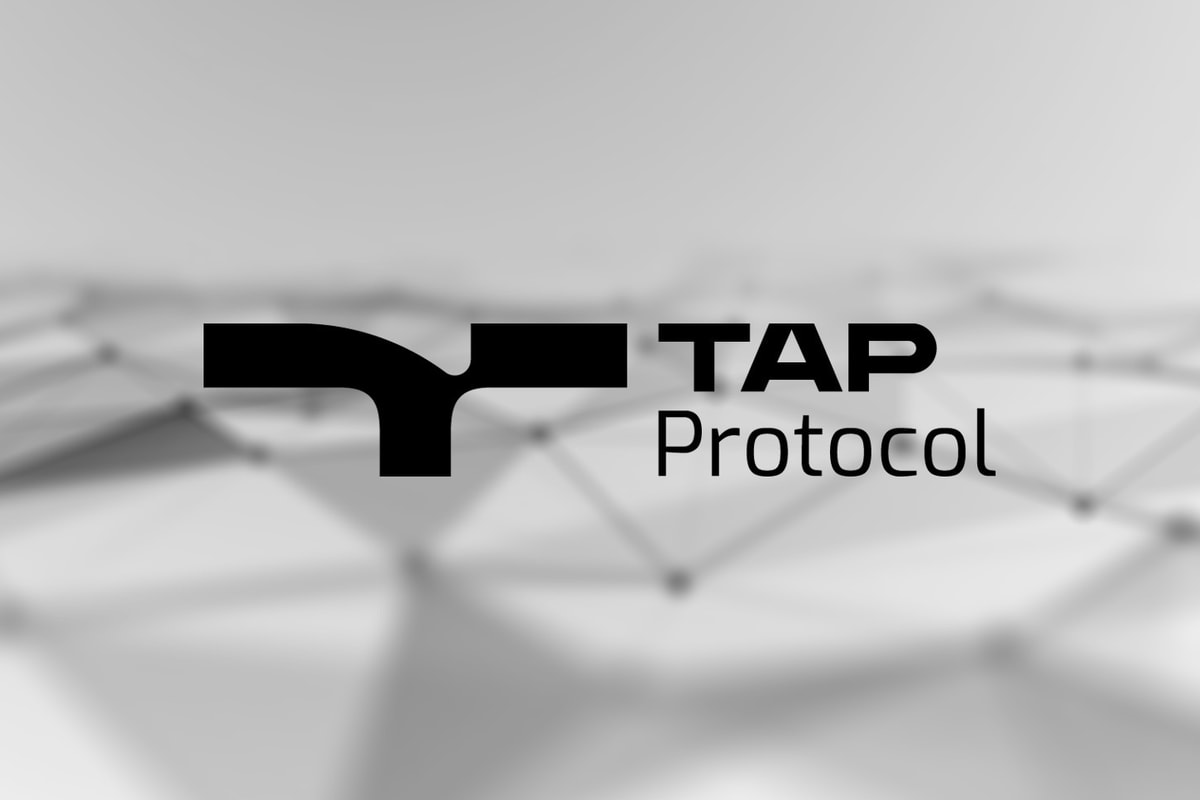ILCoin Blockchain Project has successfully introduced 5Gb blocks - setting the new industry record for block size limit. This achievement was made possible by the RIFT protocol released in the second half of November. With this development, ILCoin becomes the first project to solve both the scalability problem and the problem of efficient on-chain storage - while staying true to the key principles of blockchain.
The main features of distributed ledger technology - immutability of blocks, low commissions, transparency and no need for intermediaries - created a high demand for blockchain developments in the crypto world and beyond. The scalability issue, though, has been holding the technology back for years. Many projects tried to find a way around it, such as increasing the block size, distributing data between servers in shards or resorting to off-chain solutions. However, all of these approaches ended up compromising the other two pillars of blockchain: security or decentralization.
ILCoin first entered the market in 2015, with ILC cryptocurrency. Four years later, ILCoin Blockchain Project was born - with its main focus on solving the most pressing problems of the industry, increasing blockchain’s usability and finding a way to create a viable on-chain data storage solution. For ILCoin Development team, 2019 was marked with two considerable breakthroughs. In the beginning of the year, the project presented hacker-proof C2P consensus, which boosted the network’s security to an unprecedented level. This November, ILCoin released RIFT protocol aimed at resolving the scalability issue.
With their new development, ILCoin reconsiders the basics of blockchain, placing the main principles devised by Satoshi Nakamoto on a brand new technological base that meets the modern demand. RIFT protocol features two layers of blocks: standard blocks and mini-blocks, which contain transactions.
Unlike standard blocks, mini-blocks are not mined but generated by the system, giving the network unlimited potential for scalability. Mini-blocks are interconnected by references and connected to their parent blocks, ensuring that the data stays intact. In addition to its unique structure, RIFT also introduces simultaneous asynchronization - a new mechanism that carries out parallel sync of individual blocks and prevents network congestion.
“RIFT protocol disrupts the very concept of blockchain: mainly with the idea that simultaneous asynchronization is, in fact, technically possible. With RIFT, we are able to solve both the FIFO and the bottleneck problems, and manage large blocks at unprecedented speed,” - explained Norbert Goffa, the Executive Manager of ILCoin.
Indeed, in the case of a 5 Gb block size, 3-minute block generation time and 232 bytes transaction weight, RIFT demonstrated an effective transaction speed of 23 140 987 tx/block. According to the developers, the only limit to this technology is the current network capacities.
In order to integrate the new code into the system, ILCoin Blockchain Project performed a hard fork, which was shortly followed by the release of enhanced blocks. Since the end of November, 5Gb blocks are available in the live net as the real proof that the scalability problem is solved for good. At the moment, ILCoin’s ecosystem is returning to full functioning and ILC transactions are gradually being resumed, while exchanges are working on the implementation.
With its outstanding characteristics, RIFT marks the beginning of a new era for the whole blockchain industry. It is the first solution in the market which is able to maintain high efficiency within large-scale networks and create a solid foundation for cost-effective on-chain storage.
For the latest news on the project, please check out ILCoin Dev team’s Telegram channel. The Blue Paper for the RIFT technology is available at the official website.











